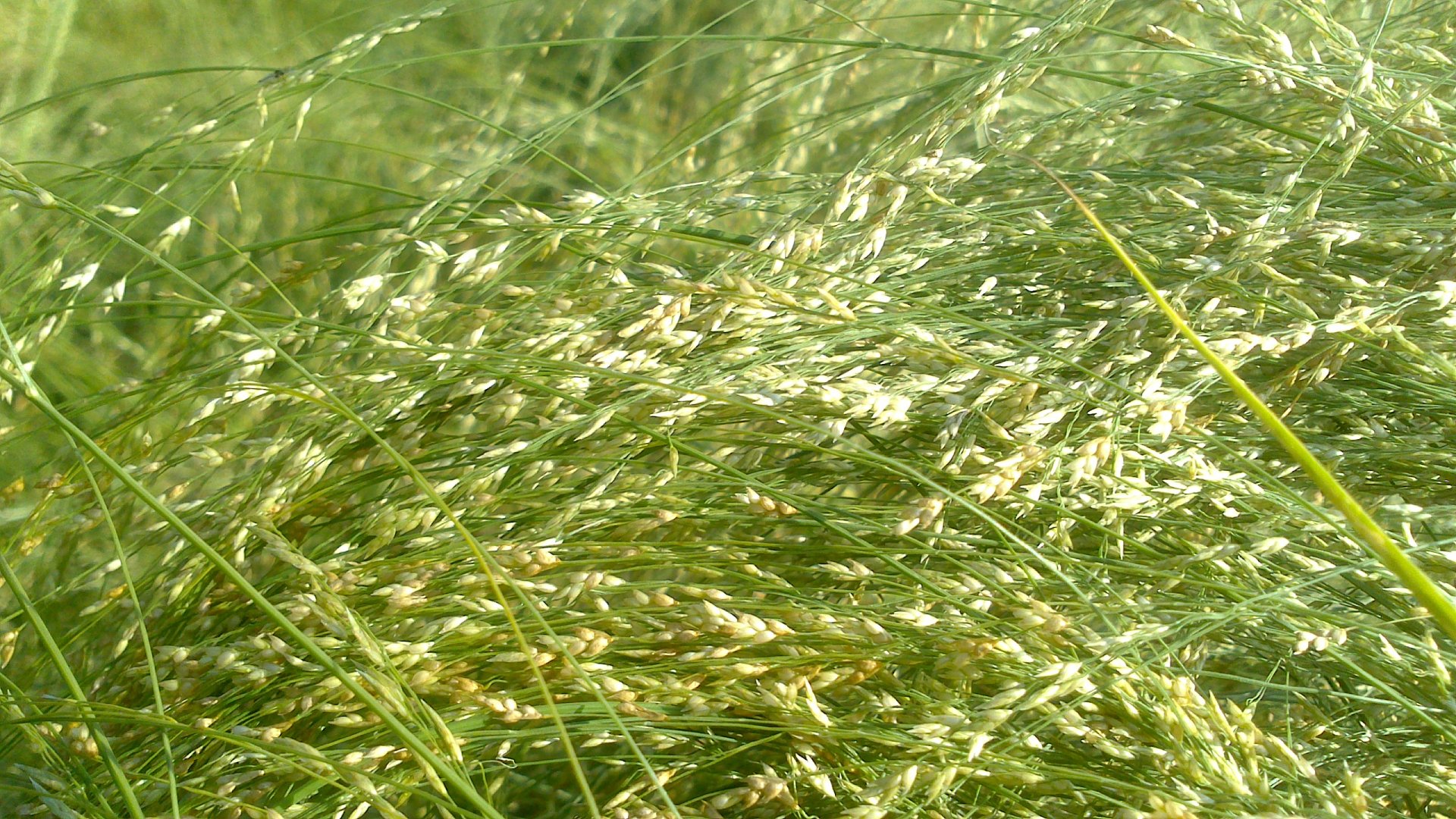History & Cultivation. Eragrostis tef (commonly known as ‘’teff’’) is an ancient grain from Ethiopia and Eritrea. Its earliest use was by Ethiopians between 1000 BC and 4000 BC, also making it one of the earliest grains to be cultivated by humans. While most of the crops being cultivated today have been genetically engineered, teff is an ancient grain, practically unchanged since it was first used by humans.
Its region of origin makes it well-adapted to extreme conditions such as drought and high temperatures. However, cold weather is detrimental to the grain: Freezing temperatures will destroy the plant in the early stages. The seed itself is extremely small (less than 1 mm in diameter), making it very efficient when sowing the seeds; a small portion of seeds will cover a large area of farmland. However, the small size also makes it difficult to hull and clean the grain. Only thanks to recent advances in machinery, the process could be automated instead of doing all this by hand.
Teff is recognized as a grain with a high yield and quality. It is planted in late spring, which is later than most crops, when the weather is warmer (which is good for the grain).
A highly nutritious seed. Apart from being gluten-free, teff is known as a very healthy grain. It is rich in minerals (such as iron and calcium) and vitamins (such as B1, B3, B6 and B9) as well as protein, carbohydrates and fiber. The carbohydrates in teff are complex, slow-processed carbohydrates, meaning that they get broken down by the body at a slower rate than other grains so you feel satisfied for a longer time. Teff is a great source of nutrition for everyone, especially physically activate people. Famous Ehtiopian athletes Haile Gebrselassie and Kenenisa Bekele name teff as the main source of their success.
Cooking uses: from teff to injera. Ethiopians primarily use teff to make their national dish known as ‘’injera’’. Injera is a type of sourdough-risen flatbread which looks like a flat pancake with a unique sponge-like texture. Traditionally it is eaten with a range of different toppings such as stews, salads or sauces. However, like a pancake, there are a great number of ways and possible toppings to eat injera with. Now that cultures all over the world are coming into contact with this traditional Ethiopian and Eritrean meal, the possibilities are practically endless.
However, injera is just one of the many ways you can enjoy teff. It can be used to make any type of product that normal wheat can be used for, in order to give it a unique taste and make it gluten-free. Millets Place’s customers and partners are constantly discovering new teff-based products that have never been possible before. Some of the derivated food our customers have created so far include bread, cookies, pancakes, breakfast products (such as cereal), snack crackers, ready-made baking mixes, porridge and much more. Millets Place itself, in combination with partnering companies has developed a sportsbread with top-quality ingredients and optimal nutritional value.
In conclusion, there is an incredible range of possible uses for teff and teff derivates, and our customers are only just starting to chip away at the number of products that can be developed. Discover our products here.
